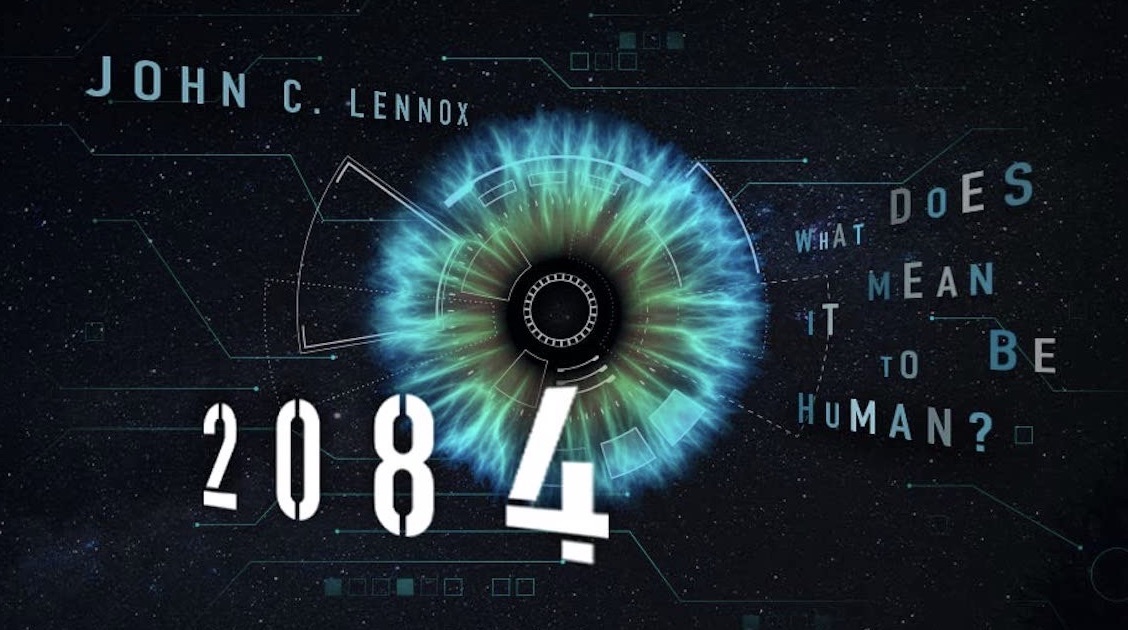 Neuroscience & Mind
Neuroscience & Mind
Transhumanism’s Challenge to Humanity

Editor’s note: This article is an excerpt from John Lennox’s new book, 2084: Artificial Intelligence and the Future of Humanity. Dr. Lennox is Professor of Mathematics at the University of Oxford.
The transhumanist project is summed up by Mark O’Connell in his book To Be a Machine, which won the Wellcome Book Prize in 2018:
It is their belief that we can and should eradicate aging as a cause of death; that we can and should use technology to augment our bodies and our minds; that we can and should merge with machines, remaking ourselves, finally, in the image of our own higher ideals.
John Gray reminds us that the attempt to use science and technology to upgrade humanity is far from new. He cites both the medieval Jewish myth of a human-like being made of dust or mud called the Golem and Mary Shelley’s Frankenstein, published in 1818. In Gray’s view, “the attempt to create an artificial human being risked making a monster.”
The history of the 20th century gives strong support to this view. Two horrific examples come to mind. Firstly, in Germany, where the Nazis imagined they could create an Aryan superhuman by what they called “scientific breeding,” a cynical euphemism that involved the killing of people regarded as disposable because they were regarded as mentally or physically below standard or “unfit” or “racially impure.” Hitler essentially took over the idea of “the survival of the fittest” and applied it to human beings in his quest for the Übermensch. That led to the extermination of millions of Jews, Poles, and other “undesirables” in the most depraved violence the world has ever seen.
The Soviet “New Man”
In the former Soviet Union, attempts were made to use science to create a “New Man.” In 1924, Leon Trotsky wrote: “Man will make it his purpose to master his own feelings, to raise his instincts to the heights of consciousness, to make them transparent, to extend the wires of his will into hidden recesses, and thereby to raise himself to a new plane, to create a higher social biologic type, or, if you please, a superman.” What that program of eugenics involved is explained by historian Andrey Zubov as cited by Sergei Gogin: “The Soviet man” evolved as a result of a deeply negative selection process, whereby “the best, most honest and most cultured people were either killed or prevented from having a family and raising children by exile or imprisonment, whilst the worst sort of people, namely those who took part in the creation of this new form of man or silently supported the new authorities, could ‘be fruitful and multiply.’ ”
Such horrific examples support John Gray’s prediction that the likely outcome of all such attempts to re-engineer humanity will be the extinction of humanity. He comes to a wry conclusion: “For myself, unregenerate humanity is preferable — the flawed and conflicted creatures we are in fact are much more interesting than the transformed creatures we’d like to be. But I’m sure we’re not done with trying. For if anything is peculiarly human, it’s the refusal to be what we are.”
